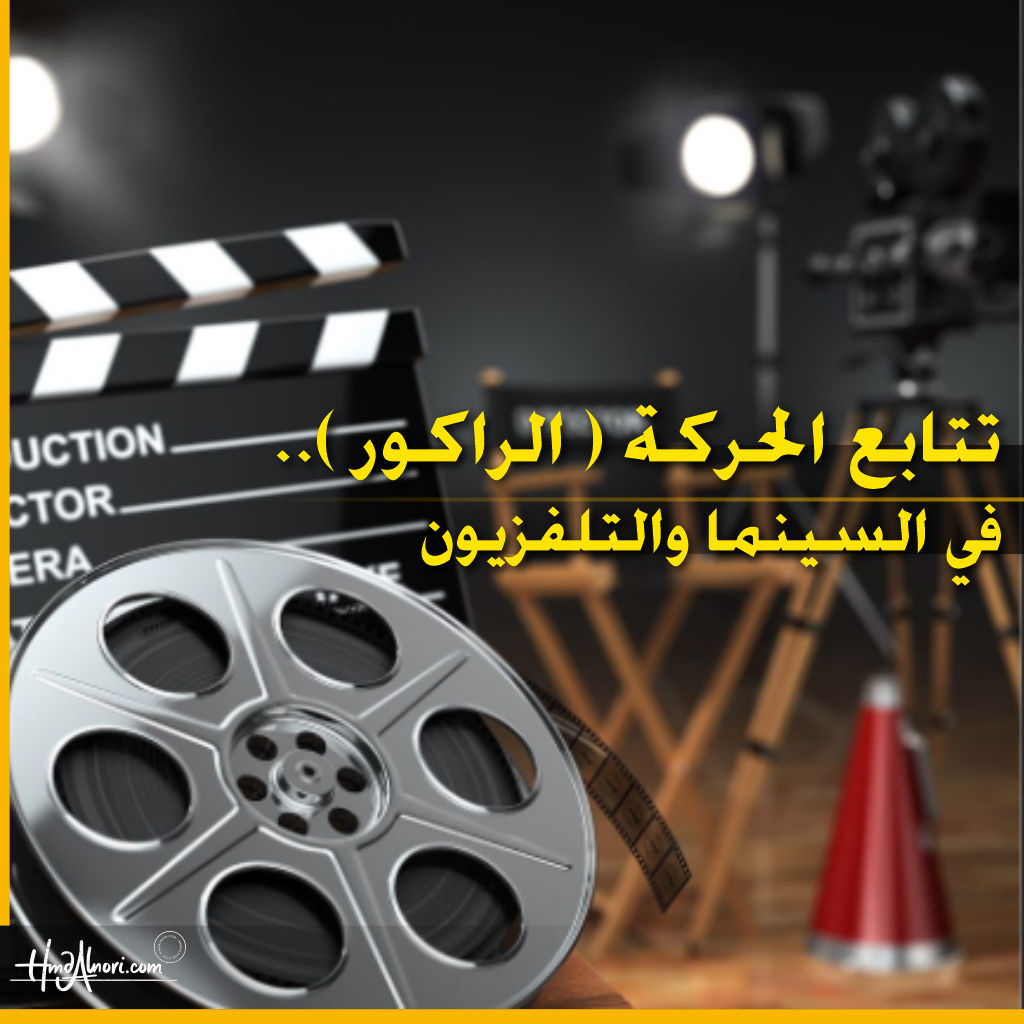Relay movement (Racour) .. in cinema and television
The sequence of the scenario intended to be depicted or the racour – as it is called – to implement any idea for any artistic work is one of the most important basic things that must be taken into account by those working in the field of television and cinema in particular and the media in general, and knowing the racour increases the individual’s professionalism for the profession, whether he is an actor, broadcaster or manager Filming, producer, director, etc., and error in it often results in a large material loss and a decrease in the quality of the required work, whatever the type of this artistic work, and certainly the opposite is true in the case of good knowledge of the rakor and its control and mastery that leads to quality in production and implementation and indicates the efficiency of workers in This work and, of course, save material losses in the opposite way.
Interlocutor: Do you know the Racour / What are the Racour mistakes? And why? / Types of Racour errors and their examples / Tasks of the Racout official / Stages and how to unload the Racour / Work schedules and types / Why unloading work is necessary and important / Unloading the Racour / Live models of Racour unloading / Sample reports during the shooting stage / Models of Racour errors for international business ..
Objectives: Knowing the racour, its importance and its types with examples of it / How to adjust, transmit and record the racour and deal with it / Increase the professional artistic culture in television and cinema.
Target group: Those who wish to enter and become professional in television and film directing / Those who work in the field of television and cinema and those working in the artistic community / Everyone who wants to increase artistic culture in television, cinema and media in general..
The means used: a theoretical and practical explanation, live examples (photos and video, recorded and live clips), a note for the course, a discussion..
Note: Technical courses vary according to recent developments in their time and the target group of trainees
Number of hours: 30 training hours